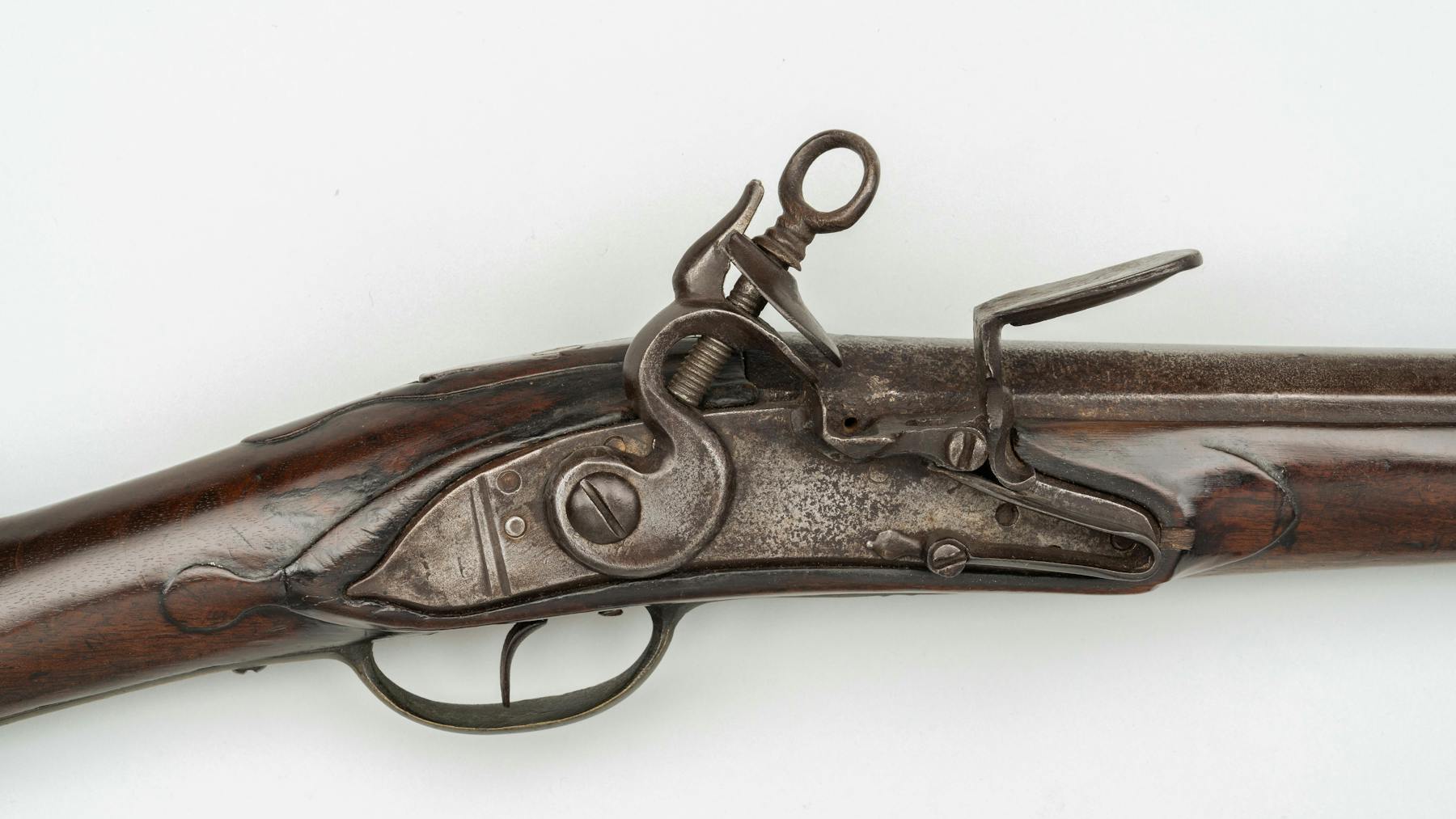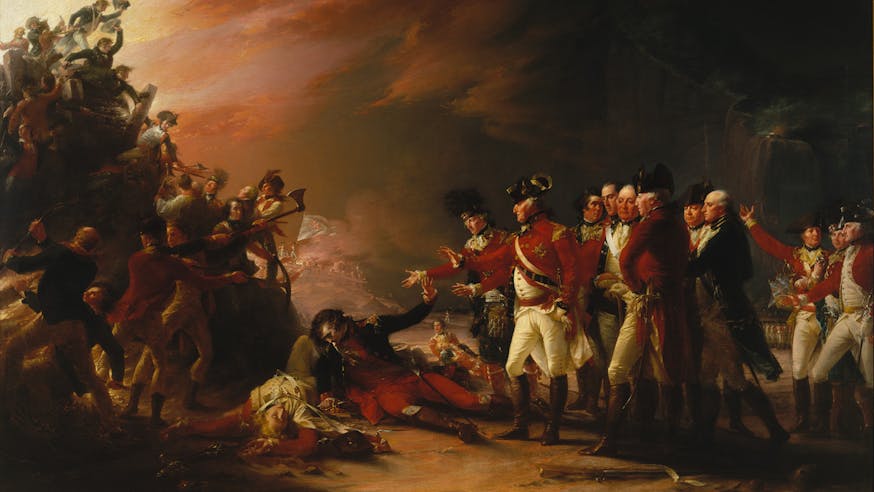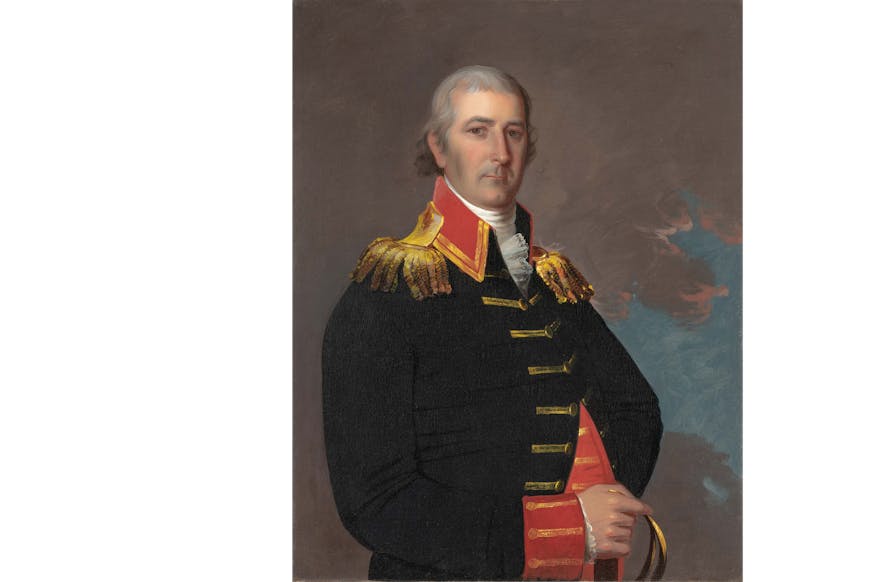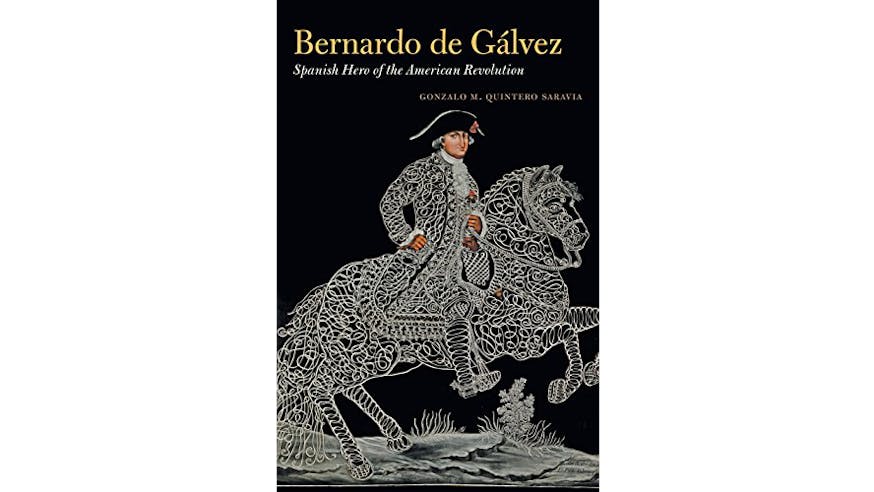Spanish Musket


-
Not on View
-
Before Spain allied with France against the British in 1779, they secretly sent equipment, including muskets like this one, to America. The first shipment of muskets was purchased by Jeremiah Lee and Elbridge Gerry in February 1775. This was the standard issue longarm for Spanish forces fighting for King Carlos III alongside their new American allies.
Spanish merchant Joseph Gardoqui shipped muskets to America through fake trading companies to make sure they arrived safely. Later, Spanish support began to pour into America, often through Spanish holdings in Louisiana.
The 1752/57 model musket highlights Spain’s place in the diplomacy of the mid- and late-1700s. The stock, closely based on an earlier French design, and parts copied in the German style, demonstrate Spain’s royal connection to France through their mutual Bourbon monarchs and the Spanish history of control over Italian and German states.
Object Details
-
Model 1752/57 Musket
Spain
1757-1800
Wood, Iron, Steel
Museum of the American Revolution (Benninghoff Collection), 2007.00.0091

Tags
Learn More

Spain and the American Revolution

Portrait of Stephen “Don Esteban” Minor
